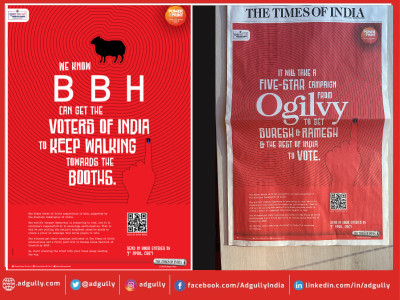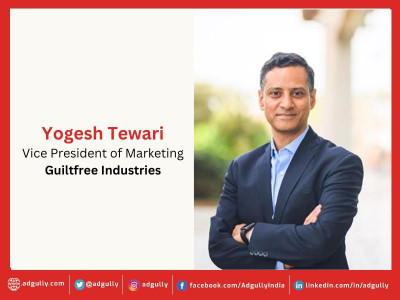India @75: When Piyush Pandey became emotional about ‘Mile Sur Mera Tumhara’
As India gears up to celebrate her 75th year of Independence, we at Adgully are tracing the journey of Advertising and its contribution to the Indian society at large – whether it is bringing about a change in mindsets, or a societal pattern, or empowering different communities or ushering in new thoughts – basically, Soch badal ke rakh diya.
Our aim is to collate 75 most impressive and significant ways in which Advertising has impacted India over the decades. For this, we are reaching out to the Advertising Honchos of India to share the most significant contributions of Advertising to the Indian society and why they consider them to be important developments. We will serialise the story on Adgully’s website in the lead-up to the Independence Day this year in this special series: India @75 – Through the Advertising Lens.
In conversation with Adgully, Piyush Pandey, Chairman Global Creative & Executive Chairman India, Ogilvy, takes a walk down memory lane of Indian advertising and digs out the most significant campaigns that have had a profound impact on the country and brought about some important changes.
When you walk down the memory lane which campaign/s stand out for you?
My biggest and lifelong memory is that of ‘Mile Sur Mera Tumhara’, where we talked about everyone coming together. It was a national integration film. There was no specific big time message, it was the way of living, the way we should be. It involved a whole lot of people from around the country and the campaign basically conveyed the message that if we all come together, the singular voice of the nation would be a better voice. People at that time decided to almost call it the second national anthem and that is how significant ‘Mile Sur Mera Tumhara’ was, because it was a gentle way of reminding rather than singing songs of nationalism in a big way.
What do you think was the turning point in Indian advertising?
I think the turning point in advertising was television, because television has the ability to capture emotion for the masses with the advantage of audio and visual. This was a quality that print media did not have. While it does not mean that print media did not write great things, but to evoke a feeling in the masses who may not be into reading a lot, the audio-visual medium provided a lot of big platforms for carrying messages about our legacy, about our present and our future.
Which campaign/s do you consider to be a milestone in Indian advertising?
Without doubt, ‘Humara Bajaj’. While it might not have had the same power of ‘Mile Sur Mera Tumhara’, which did not sell any product, ‘Humara Bajaj’ evoked strong feelings of pride in possessing a Bajaj scooter. It also raised equally strong emotions.
Will we see something in the league of ‘Mile Sur Mera Tumhara’ in Indian advertising again?
I think there have been attempts, and these things come with a purpose of saying ‘I will beat that one’. Many people have tried, some have done good jobs; I’m sure one of these days somebody will do something as big as ‘Mile Sur Mera Tumhara’. You can’t plan magic, magic happens. You have to keep trying. To match ‘Mile Sur Mera Tumhara’ is not the objective; the objective is to give many such messages and one of them will probably be as good as or better than ‘Mile Sur’.
Every message which is about the nation, and done in a fashion that is not shoving it down the throat, is a good message. You cannot judge it on a scale of 10. Anything over a six is a good thing to do, in between you will get a blockbuster. Even the greatest batsman like Tendulkar didn’t score a double century every day. But they will do something significant very often. So, we have to keep doing things which are significant very often, and one of them will be a game changer.
Could you name the most memorable ads that you think made an impact on the Indian society?
To me, in my own career, nothing has been more meaningful than the Pulse Polio campaign – ‘Do Boond Zindagi Ke’ – that I did with Amitabh Bachchan for nine years. The program was a massive success because with the efforts of all the health workers, the administration and the communication. Communication comes only after everything else is in place. But it was a powerful communication and in the year 2014, India was declared Polio free. What could be more satisfying for India than that? That is a significant thing that I have seen in my life.
There have also been very good attempts with ‘Maa Tujhe Salaam’ and ‘Vande Mataram’, but one shouldn’t rank them. Some will be very good efforts, while some will be great efforts, and some will be just okay. We have to keep trying and keep doing our best and not hoping that there will be a gold medal every time.
But are we running the race nicely? Are we committed to making India, its people, its society, and the nation a better place, and how frequently we do that? That will make it a culture for us.
















Share
Facebook
YouTube
Tweet
Twitter
LinkedIn